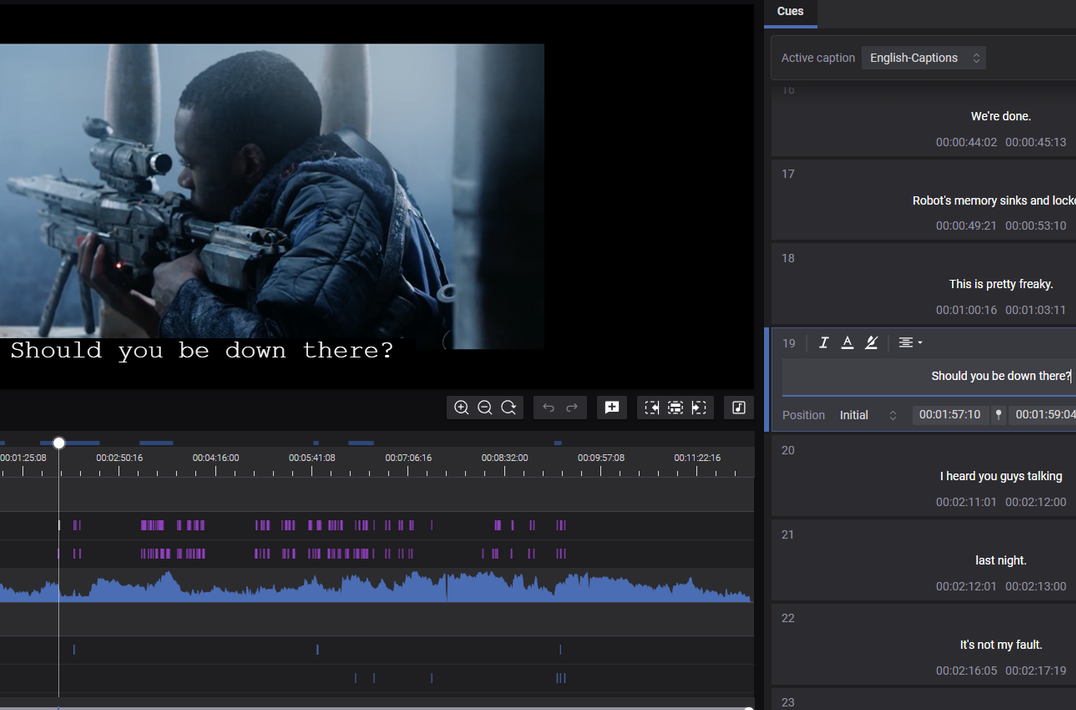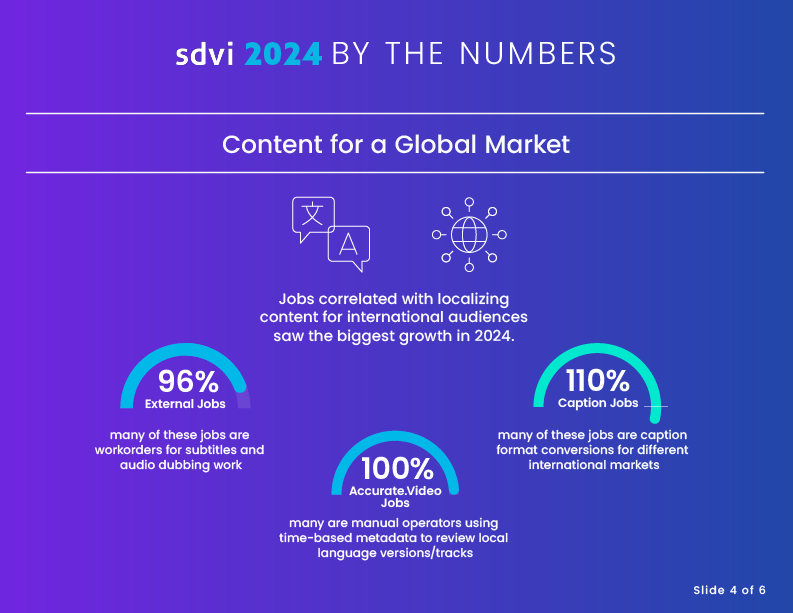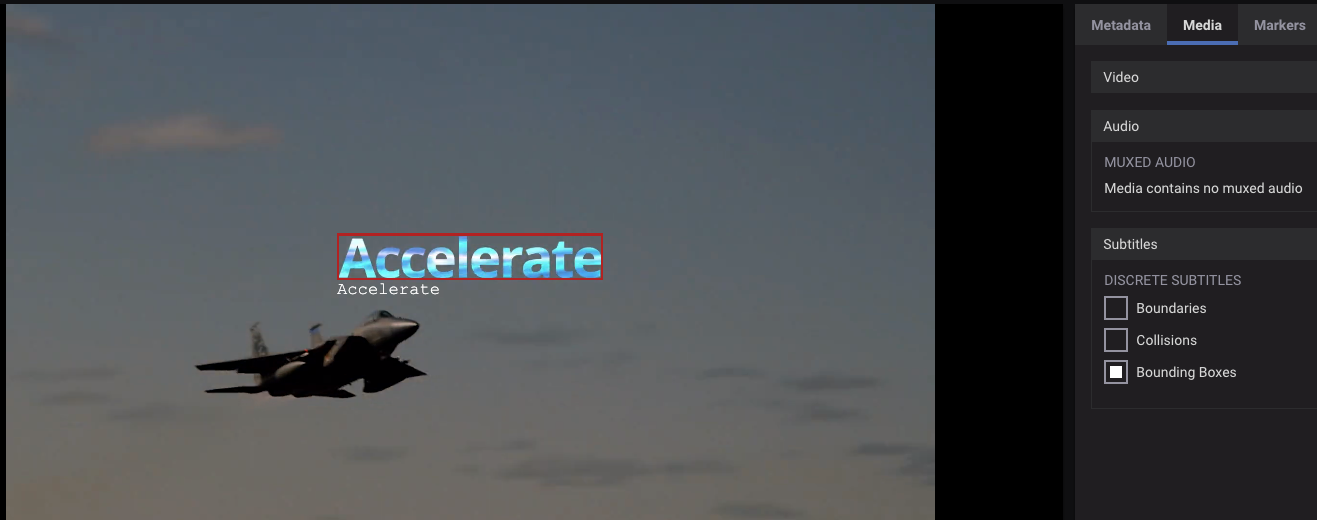If you take a step back and think about it, virtualization and remote desktop technology has been around for a long time. I remember “VNCing” into a server whilst studying at university in the early 2000s to create directories to upload my coursework. Late nights as an edit assistant were made more productive by setting up multiple remote desktop connections to the various edit suites I had to support, so I didn’t need to leave the machine room (and my hot cup of tea!).
Whilst this technology was certainly functional, it always felt compromised: even on a fast LAN. Frame rates were bad, colours looked horribly compressed, and keyboard shortcuts never worked properly. My youthful optimism told me to persevere, but sometimes I ended up having to concede defeat and walk up to the 5th floor to use the machine locally.
Fast forward to the present day and the world of computing has, by all accounts, changed beyond recognition. Almost all enterprise level organisations utilise virtualised infrastructure, be it on-premises or in the cloud. In the media and entertainment industry, in particular, the task of manipulating and processing media on its journey from camera to consumer is becoming more automated, and more cloud-centric.
Transcoding, auto-QC, captioning, and AI analysis processes all benefit from the elasticity that a cloud environment can provide, giving teams the ability to respond to peaks and troughs in content demand with agility. Most of the time, these functions happen in a “headless” fashion: in an automated media supply chain, the job runs somewhere in the cloud and the results pass to the next step of the workflow.
When it comes to more creative, operator-focussed tasks – think compliance edits, dailies, hi-res QC reviews, sizzle reels, etc. – these have largely remained a bastion of traditional on-premises workflows. Many facilities will have several dedicated edit suites set up for offline or online edit sessions, connected to shared storage, with Grade-1 broadcast monitoring and scopes for accurate reproduction and measurement. Often, these expensive high-end edit suites are used for both low priority, noncreative tasks along with high-value creative edit sessions.
When you start thinking about this mix of work in the context of a cloud-based media supply chain, it becomes more complicated, and the edit process can begin to get costly. Getting media “down” from the cloud means lengthy content transfer times and egress costs. SMPTE ST 2110 is certainly an option for remote, high-quality video across a high-speed LAN, but often bandwidth and network QoS requirements add hurdles that make it less than practical over a WAN.
Being able to have cloud agility, with an NLE loaded with relevant media ready to go, always seemed somewhat of a pipe dream. But I’m happy to say that we’ve introduced new technology that allows just that – introducing Rally Access Workstation.

Within SDVI Rally, we’ve had the concept of a “workorder” for some time now. A workorder represents a break in automation, where a human task needs to be completed before the automated supply chain can continue. Our Rally Access product has always supported seamless integration with Adobe Premiere Pro by way of a dedicated panel in the Premiere Pro edit environment. An operator can load a workorder, media is localised, and the editor can complete their task on a local machine. On completion of the workorder, an EDL describing the changes is uploaded to the cloud where the content is automatically rendered, and the supply chain continues.
Rally Access Workstation takes this a step further by starting up a virtual edit session on activation of their workorder.
As soon as the “Start” button is clicked, a dedicated EC2 instance spins up, media is localised (with no egress fees since it stays within the AWS ecosystem), and credentials are provided – all in the space of around two minutes.
Once the workstation is ready, the operator simply logs in with the supplied credentials, and is greeted with a fully prepared Adobe Premiere Pro NLE, with all the media needed to complete their task. By utilising the NICE DCV QUIC protocol, we’re able to present a remote desktop with low latency, high FPS, and colour accuracy over most consumer-grade internet connections – leaps and bounds beyond the RDC connections I used to use.
On completion of their task, the operator simply hits the “Complete Workorder” button in the Rally Access panel, and the session is ended. The EC2 instance is automatically shut down, and the user only pays for the minutes used. The final EDL is rendered in the cloud, and the finished content continues its journey through the supply chain.
Not only does this provide new agility for a content production operation, it also adds a significant aspect of elasticity and scalability. Let’s say you’ve received a bad batch of content that needs additional QC, or you’ve done a last-minute distribution deal that needs a trailer cut. No need to wait for resources to free up; just spin up additional workstations in the cloud, as you need them.
As someone who’s been in that operations seat, fighting the schedule to find an available resource, I know it’s not an easy task. Rally Access Workstation brings a modern cloud-based approach to the realm of professional editing for content operations.
And the best bit about it? I never need to leave my hot cup of tea again!
—
Want to learn more about how Rally Access Workstation can fit into your operations? Contact us to start the conversation.



